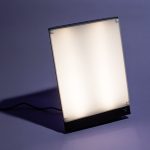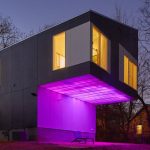Unveiling the Science: How LED Lights Produce Bright and EnergyEfficient Light
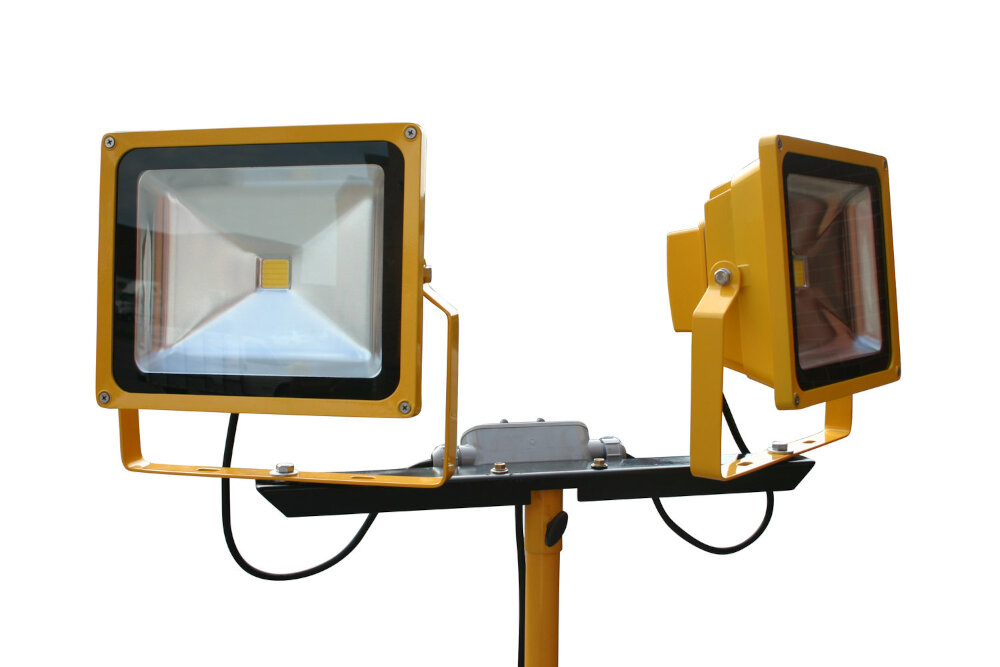
In today’s world, lighting plays a vital role in our everyday activities. From homes to offices, schools to hospitals, and streets to highways, lighting is an essential element that ensures our safety and comfort. With the advancements in technology, LED lights have emerged as one of the most energy-efficient and eco-friendly lighting solutions available today. LED lights have revolutionized the lighting industry, providing brighter light with less energy consumption, longer lifespan, and lower environmental impact. In this article, we will explore the science behind LED lights and how they produce bright and energy-efficient light. LED stands for Light Emitting Diode, which is a semiconductor device that emits light when an electric current is passed through it. Unlike traditional incandescent bulbs, which produce light by heating a filament, LED lights work on the principle of electroluminescence. When an electric current is passed through the semiconductor material of an LED, it causes the electrons to move from a higher energy level to a lower energy level, releasing energy in the form of photons. The color of the light emitted by an LED depends on the semiconductor material used, and the brightness of the light depends on the amount of current passing through it. With their unique structure and working principle, LED lights have become a popular choice for lighting applications, from residential to industrial.
LED lights are a modern lighting technology that has revolutionized the lighting industry. LED stands for \Light Emitting Diode,\ which is a semiconductor device that converts electrical energy into light. Unlike traditional incandescent bulbs that produce light by heating a filament, LED lights produce light by having electrons flow through a semiconductor material. This process is much more energy-efficient and produces less heat, making LED lights not only brighter but also safer and longer-lasting. Additionally, LED lights are highly customizable, allowing for a range of colors and intensities to fit any lighting need. With their superior energy efficiency, longevity, and versatility, LED lights have quickly become the go-to choice for lighting in homes, businesses, and public spaces.
Understanding the science behind LED lights is crucial because it allows us to harness their full potential. LED lights have revolutionized the lighting industry due to their energy efficiency and longer lifespan. By understanding the science behind how LED lights produce bright and efficient light, we can optimize their performance and reduce energy consumption. This knowledge is particularly important for businesses and individuals looking to upgrade their lighting systems, as it can help them make informed decisions about which LED lights to purchase. Understanding the science behind LED lights also enables us to develop new technologies and applications for these lights, which could have significant environmental and economic implications. Overall, delving into the complexities of LED lights is essential for realizing their full benefits and unlocking their potential for a brighter, more sustainable future.
The Basics of LED Lights
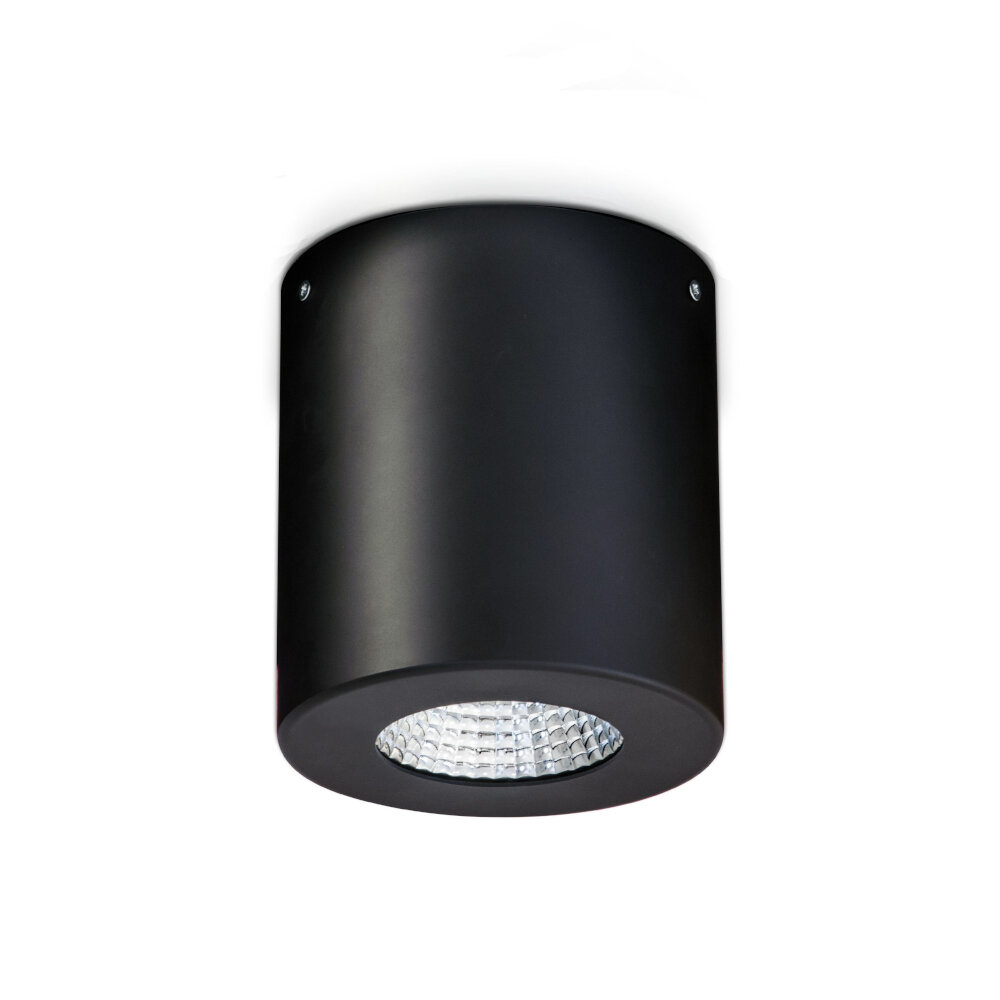
Light Emitting Diodes (LEDs) are becoming increasingly popular as a lighting source due to their energy-efficiency and longevity. Unlike traditional incandescent bulbs, which use a filament to produce light, LEDs work by passing a current through a semiconductor material, which then emits photons. This process is known as electroluminescence. The color of the light emitted by an LED depends on the semiconductor material used, with different materials producing different colors. Common materials used in LED lighting include gallium nitride (blue and green LEDs) and aluminum gallium indium phosphide (red, orange, and yellow LEDs). One of the key advantages of LED lighting is its energy efficiency. LED lights use up to 80% less energy than traditional incandescent bulbs, which can lead to significant cost savings over time. This is because LEDs do not waste energy by producing heat, as incandescent bulbs do. Instead, they convert nearly all of the energy they consume into light. LED lights also last much longer than traditional bulbs, with lifespans of up to 50,000 hours or more. This means that LED lights not only save energy, but also reduce the need for frequent bulb replacements, which can be inconvenient and costly.
Light Emitting Diodes (LEDs) are semiconductor devices that emit light when an electric current is passed through them. LEDs are made up of several components, including a semiconductor material, a metal conductor, and a plastic lens. The semiconductor material, typically made of gallium arsenide, is doped with impurities to create an excess of electrons (N-type) and a deficiency of electrons (P-type) in different regions of the material. When a voltage is applied to the LED, electrons and holes recombine in the P-N junction, releasing energy in the form of photons. The metal conductor, usually made of copper or gold, provides electrical contact to the semiconductor material, while the plastic lens helps to focus and direct the emitted light. LEDs are highly energy-efficient and have a long lifespan, making them an ideal choice for a wide range of lighting applications.
LED lights differ from traditional lighting sources in several ways. Firstly, they are much more energy-efficient, using up to 90% less energy than incandescent bulbs. This is because they convert electricity into light more efficiently, with less wasted heat. Secondly, they have a much longer lifespan, lasting up to 25 times longer than traditional bulbs. This means they require less frequent replacement, reducing waste and saving money in the long run. Finally, LED lights are more versatile in their application, as they can be made in a variety of shapes and sizes and emit different colors and color temperatures. This makes them ideal for a range of uses, from home lighting to commercial and industrial applications.
LED lights have numerous advantages compared to traditional lighting systems. Firstly, they are highly energy-efficient, meaning they consume less energy than incandescent or fluorescent bulbs. This leads to significant cost savings on electricity bills and reduces the carbon footprint. Secondly, they have a longer lifespan, lasting up to 25 times longer than traditional bulbs, which means less maintenance and replacement costs. Additionally, LED lights are eco-friendly, as they do not contain hazardous materials such as mercury. They also produce less heat, making them safer to use and reducing the need for cooling systems. Lastly, LED lights are highly versatile, allowing for a wide range of colors and designs that can be used for various applications, including home lighting, street lighting, and even in the automotive industry.
The Science Behind LED Lights

Light Emitting Diodes (LEDs) have revolutionized the world of lighting with their energy efficiency, durability, and longevity. Unlike incandescent bulbs that emit light by heating a filament, LEDs produce light by passing electrons through a semiconductor material. When the electrons move across the material, they release energy in the form of photons, which create light. The color of the light produced depends on the type of semiconductor material used. For example, blue LEDs use gallium nitride, while green LEDs use indium gallium nitride. The use of LEDs has significantly reduced energy consumption and greenhouse gas emissions, making them an ideal lighting option for homes, businesses, and public spaces. One of the main advantages of LED lights is their long lifespan. Unlike incandescent bulbs that burn out after a few thousand hours, LEDs can last up to 50,000 hours or more. The reason for this longevity is that LEDs do not have a filament that can burn out, but instead rely on the movement of electrons through a semiconductor material. Additionally, LEDs do not emit heat like incandescent bulbs, which can cause the bulb to degrade over time. This means that LEDs can maintain their brightness and color over a longer period, making them a more reliable and cost-effective lighting solution. As the technology behind LED lights continues to improve, we can expect even greater energy efficiency and brighter, longer-lasting light.
Semiconductor materials are materials that have a conductivity level between that of insulators and conductors. They are unique in that they can be made to conduct or not conduct electricity, depending on the conditions. This is achieved by adding impurities, known as dopants, to the material, which alter its electrical properties. The most common semiconductor material used in LED lights is silicon, but other materials such as gallium arsenide, indium phosphide, and gallium nitride are also used. The precise combination of materials and dopants used in an LED determines its color, brightness, and energy efficiency. By carefully engineering the semiconductor materials used in LEDs, scientists have been able to create bright, energy-efficient lights that are revolutionizing the way we light our homes and businesses.
Light-emitting diodes (LEDs) produce light through the movement of electrons. When an electric current passes through the semiconductor material of an LED, the electrons move from the negative side (known as the cathode) to the positive side (known as the anode). As the electrons move across the junction between the two materials, they release energy in the form of light. This process is known as electroluminescence. The color of the light produced depends on the materials used in the semiconductor. LEDs are known for being energy-efficient because they convert most of the energy they consume into light, rather than heat.
Phosphors play a crucial role in producing different colors of light in LED lights. These microscopic powders are coated on the surface of the LED chip and absorb the blue light emitted by the chip. Then, they convert this blue light into longer wavelengths, which results in the emission of different colors of light such as green, red, and yellow. By using different types and combinations of phosphors, LED lights can produce a broad spectrum of colors that are bright, vibrant, and energy-efficient. This is why phosphors are an essential component of LED lights, and they help in achieving the desired color temperature and color rendering index for various applications.
Energy Efficiency of LED Lights
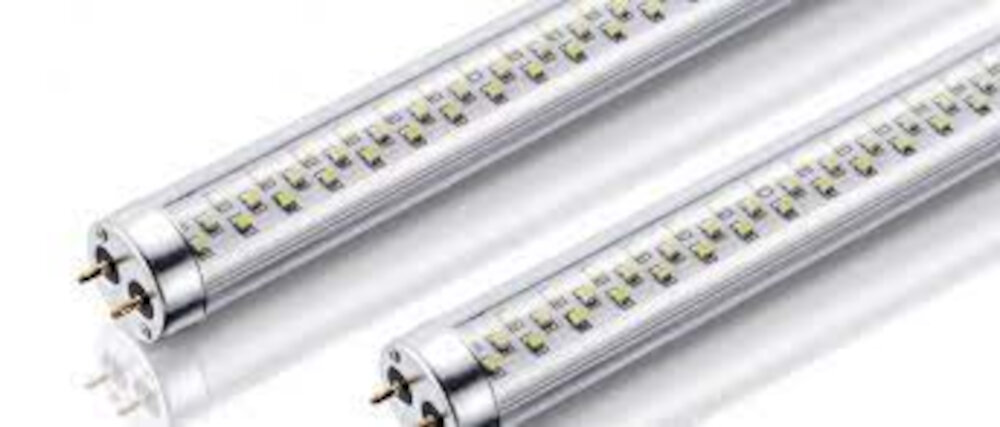
LED lights have revolutionized the lighting industry with their energy efficiency and superior performance. Unlike traditional incandescent bulbs that use a filament to produce light, LED lights use a semiconductor material that emits light when an electric current passes through it. This process is known as electroluminescence and is much more efficient than the process used by traditional bulbs. LED lights consume about 75% less energy than incandescent bulbs, making them a cost-effective and eco-friendly option for lighting needs. The energy efficiency of LED lights is not only beneficial for the environment but also for consumers. LED lights have a longer lifespan than traditional bulbs, which means they need to be replaced less often, saving consumers money in the long run. Additionally, LED lights do not emit heat, making them safer and more comfortable to use than traditional bulbs. LED lights are also available in a variety of colors and can be used for various lighting needs, such as indoor and outdoor lighting, automotive lighting, and even in medical equipment. In short, the energy efficiency of LED lights has made them a game-changer in the lighting industry, offering consumers a cost-effective, eco-friendly, and versatile lighting solution.
When it comes to energy efficiency, LED lights are the clear winner over traditional lighting sources. Unlike incandescent bulbs, which waste up to 90% of their energy as heat, LED lights convert almost all of their energy into light. This not only makes them much more efficient, but also safer to use. Furthermore, LED lights have a longer lifespan than traditional lighting sources, which means that they need to be replaced less often. This translates into significant energy and cost savings over time. LED lights are also more versatile than traditional bulbs, as they can be programmed to adjust their brightness and color temperature to suit different lighting needs. Overall, LED lights are a superior choice for those who value energy efficiency, sustainability, and cost-effectiveness.
The science behind LED lights is fascinating. Unlike traditional incandescent bulbs that generate light by heating a filament to produce a glow, LED lights use a completely different process. LED stands for Light Emitting Diode, which means that they work by passing an electrical current through a semiconducting material to produce light. This process is incredibly efficient because it doesn’t waste energy as heat, unlike incandescent bulbs. Instead, LED lights convert almost all of the electricity they consume into light, making them much more energy-efficient. Additionally, LED lights don’t emit UV radiation, which further reduces their energy consumption. This combination of factors makes LED lights an excellent choice for environmentally conscious consumers looking to reduce their energy consumption and save money on electricity bills.
The utilization of LED lights has been considered as one of the most efficient ways to reduce energy consumption and greenhouse gas emissions. LED lights consume less energy compared to traditional incandescent and fluorescent bulbs, which results in lower electricity bills and a reduced carbon footprint. Additionally, LED lights have a longer lifespan, which means that they require fewer replacements, further reducing energy consumption and waste. LED lights also emit less heat, which reduces the need for air conditioning, ultimately aiding in energy conservation. The science behind LED lights’ energy efficiency lies in their ability to convert more than 80% of the electrical energy into light, making them an eco-friendly and cost-effective lighting solution.
Brightness and Color Quality of LED Lights
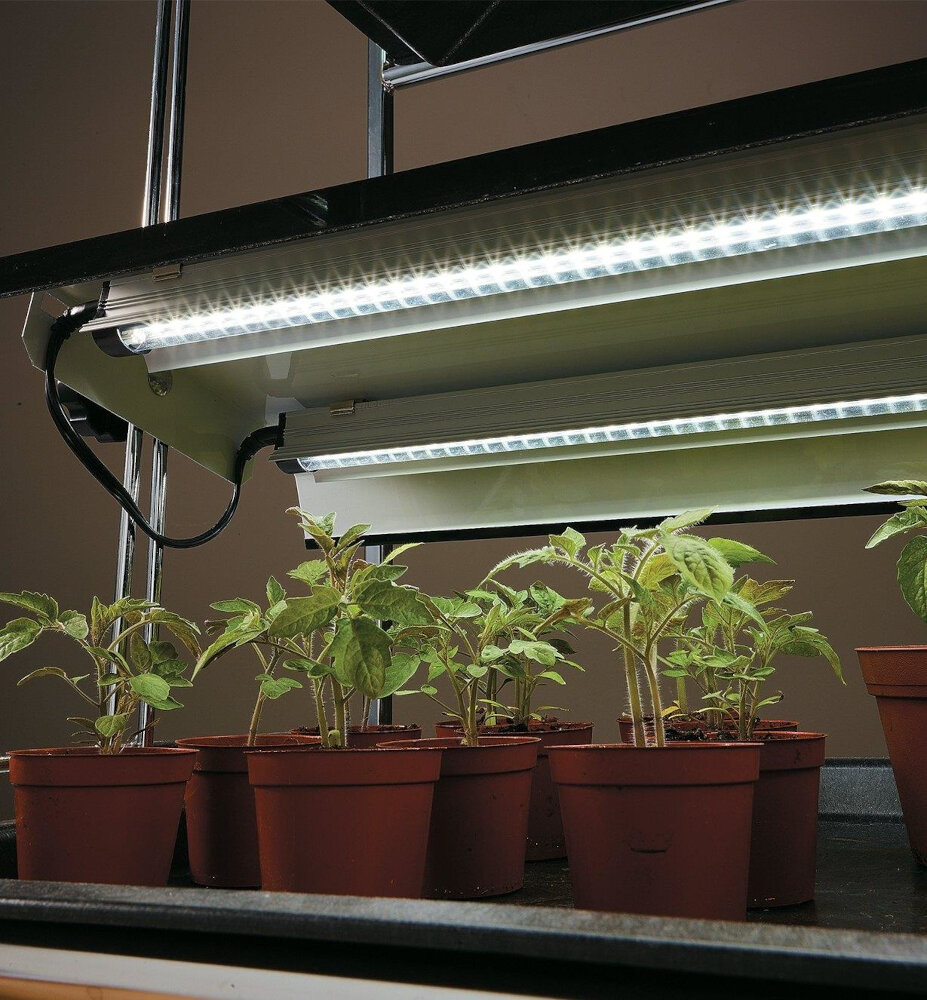
The brightness and color quality of LED lights are two crucial factors that determine the efficiency and effectiveness of LED lighting. Unlike traditional incandescent bulbs, LEDs emit light in a specific direction, which minimizes the need for reflectors and diffusers. This directional lighting feature of LEDs reduces light wastage, resulting in more energy-efficient lighting. Additionally, the brightness of LED lights can be easily controlled by adjusting the current flowing through them. Thus, LEDs can be dimmed or brightened as per the user’s needs, making them incredibly versatile. Moreover, the color quality of LED lights is equally important. The color rendering index (CRI) is a measure of how accurately the colors of objects are rendered under a particular light source. LED lights have a high CRI that accurately represents the colors of objects, making them ideal for use in a wide range of applications, from home lighting to industrial lighting. Additionally, the color temperature of LED lights can be adjusted to suit different lighting needs. For instance, warm white LEDs are suitable for creating a cozy and relaxing atmosphere, while cool white LEDs are ideal for task lighting in offices and other workspaces. Overall, the brightness and color quality of LED lights make them a superior lighting option that is both energy-efficient and versatile.
LED lights are known for their bright and high-quality light, and this is achieved through a complex scientific process. LED lights use a semiconductor material that is doped with impurities to create a p-n junction. When a voltage is applied to the junction, electrons and holes are separated and recombine, releasing energy in the form of light. The use of a semiconductor material allows for precise control over the color and intensity of the emitted light. Additionally, LED lights are highly energy-efficient, as they convert a higher percentage of the electricity they consume into light, compared to traditional incandescent bulbs. This makes LED lights a popular choice for a wide range of applications, from home lighting to industrial and commercial uses.
The brightness and color quality of LED lights depend on various factors, including the semiconductor material used, the current flowing through the diode, and the phosphors used to convert the light to the desired color. The efficiency of the semiconductor material determines how much energy is converted into light, and the current flowing through the diode affects its brightness. Additionally, the phosphors used to create different colors can impact the overall color quality of the LED light. Other factors, such as the design of the LED fixture and the temperature at which the LED operates, can also affect brightness and color quality. Understanding and optimizing these factors is crucial in producing LED lights that are both energy-efficient and high-quality.
When it comes to brightness and color quality, LED lights have several advantages over traditional lighting sources. LED lights are known for their brightness, which is measured in lumens, and their ability to produce a more natural color temperature. LED lights are also more energy-efficient than traditional lighting sources, which means they require less electricity to produce the same amount of light. Additionally, LED lights have a longer lifespan compared to traditional lighting sources, which means they require less frequent replacements. This combination of brightness, color quality, energy efficiency, and longevity makes LED lights an ideal choice for a variety of applications, including residential, commercial, and industrial lighting.
LED lights, or Light Emitting Diodes, produce bright and energy-efficient light by converting electrical energy into light energy through a process called electroluminescence. Unlike traditional incandescent bulbs, which generate light by heating a filament, LEDs use semiconductor materials to create light. This process is highly efficient, resulting in less heat loss and lower energy consumption. Additionally, LEDs have a longer lifespan than traditional bulbs, which means they require less frequent replacement, reducing waste and cost in the long run. LED lights also have the added advantage of being able to produce a wide range of colors, making them versatile for a variety of applications, from home lighting to electronic displays.
Choosing energy-efficient lighting sources like LED lights is crucial for sustainability and cost-saving. The use of traditional lighting sources such as incandescent bulbs and fluorescent lights not only consumes more energy but also generates a significant amount of heat, leading to higher electricity bills and reduced lifespan. In contrast, LED lights produce high-quality light while consuming less energy, thus reducing carbon emissions and saving costs. Additionally, LED lights have a longer lifespan, reducing the need for frequent replacements and lowering maintenance costs. By choosing energy-efficient lighting sources like LED lights, we can promote sustainable practices while saving money and preserving the environment.
The future implications of LED lighting technology are significant and far-reaching. As energy efficiency and carbon footprint reduction become more critical, LED lights offer a sustainable solution for lighting needs. With advancements in LED lighting technology, we can expect even brighter, more efficient, and longer-lasting bulbs. Smart LED lighting systems that can be controlled remotely and customized to suit user preferences will become more prevalent. LED lighting will also play a critical role in the development of smart cities, where lighting systems will be integrated with other infrastructure to create more efficient and sustainable living environments. The use of LED technology in agriculture and horticulture will also increase, as it offers a more energy-efficient and precise way to grow crops. Overall, the future is bright for LED lighting technology, and it will continue to revolutionize the way we light our homes, cities, and workplaces.
Conclusion
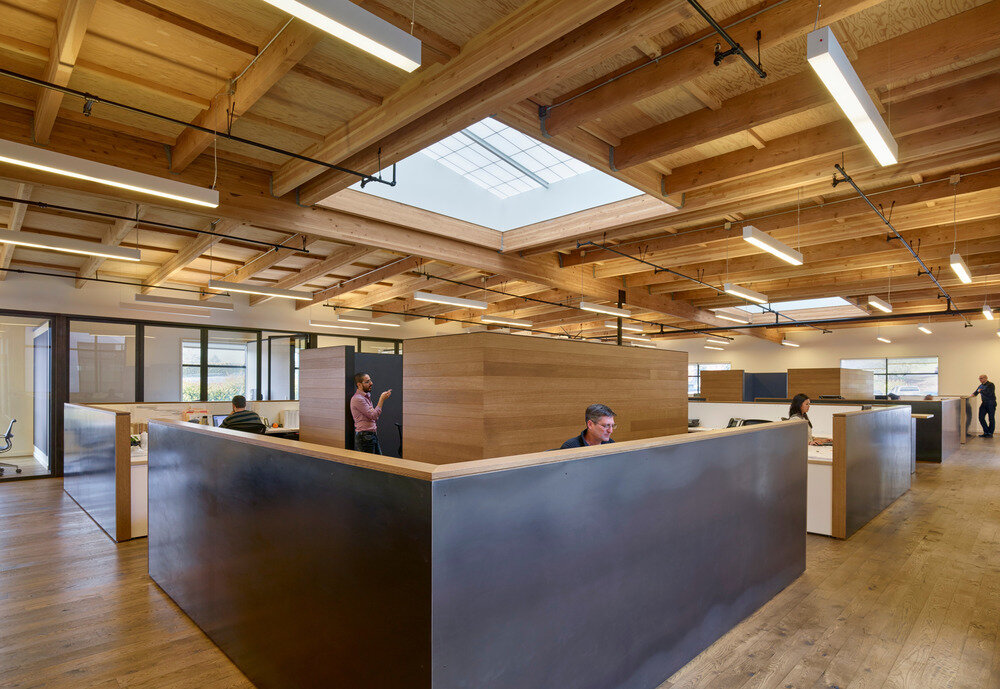
In conclusion, the science behind LED lights is truly fascinating. Their ability to produce bright and energy-efficient light is made possible by the complex interplay of physics, chemistry, and electrical engineering. With their many advantages over traditional incandescent bulbs, LEDs are quickly becoming the lighting technology of choice in homes, businesses, and public spaces around the world. As we continue to refine and improve this technology, we can look forward to even more efficient, sustainable, and beautiful lighting solutions that will help us build a brighter, more sustainable future.

